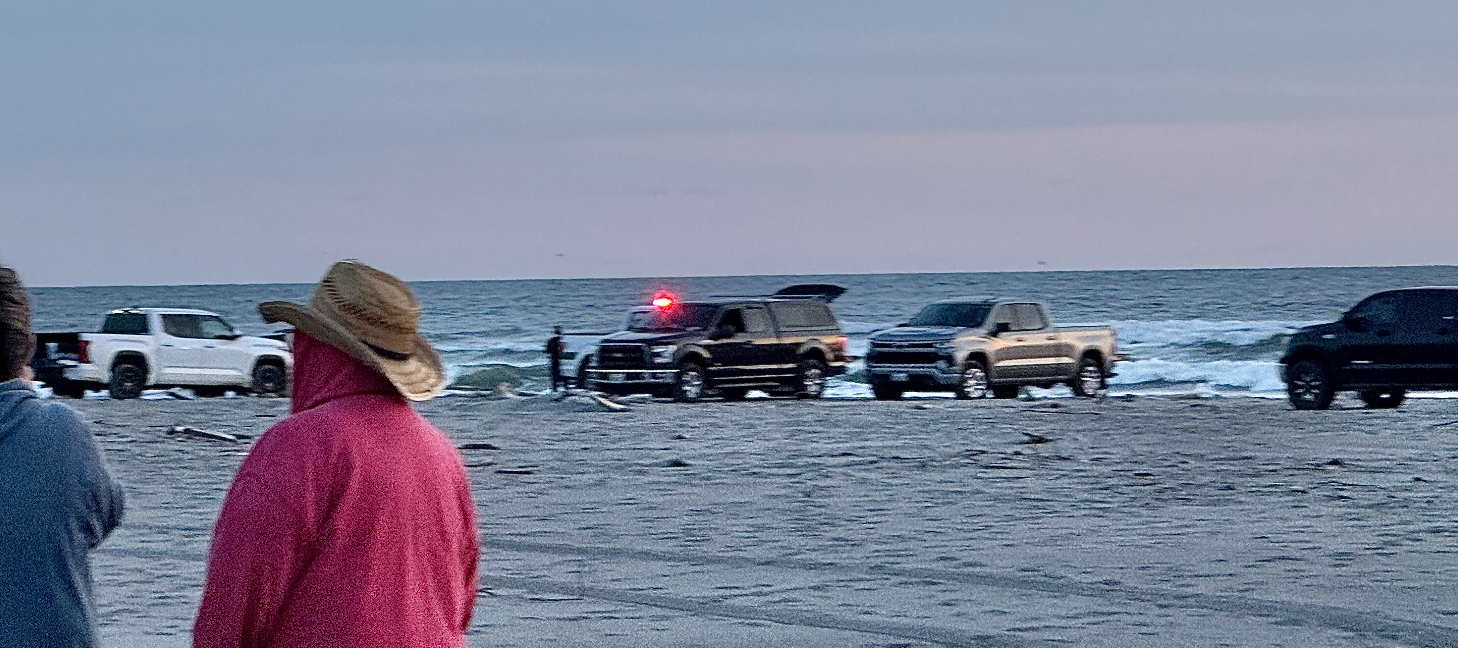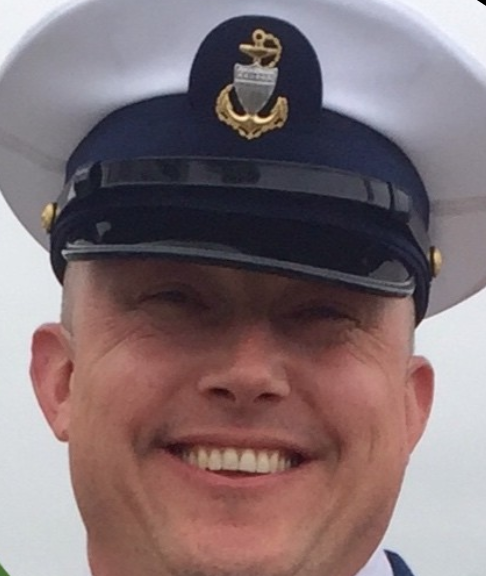Shoalwaters $25M closer to higher homeland
Published 2:09 pm Monday, July 17, 2023

- Charlene Nelson, Shoalwater Bay Tribe chairwoman
TOKELAND — The Shoalwater Bay Indian Tribe was awarded nearly $25 million in federal funding last month to aid in the tribe’s push to relocate its village upland and put it out of harm’s way from the likes of coastal erosion, sea level rise, storm surges and tsunamis.
The funds, which come via the Rebuilding American Infrastructure with Sustainability and Equity (RAISE) competitive grant program, will cover the construction of a nearly 4-mile loop road that will serve as an access road to support the planned development of the tribe’s upland village. Tribe officials hailed the road funding as a critical initial step toward making its upland village a reality.
Sens. Maria Cantwell and Patty Murray — the latter of whom first established the RAISE program under a different name in 2009 — hailed the funding awarded to the tribe. Murray said in a statement that the grant will help protect a tribe that is “on the frontline of some of the most serious effects of climate change.”
‘It will protect lives that can perish by a single tsunami event or experience serious injury from storm surges and flooding with no way out.’
Charlene Nelson, Shoalwater Bay Tribe Chairwoman
“This community is one that’s experiencing firsthand the impact of rising sea levels, and they need help to keep tribal members and their property safe from harm,” Murray said. “This grant is going to make a major difference for the Shoalwater Bay Tribe as they work to move to higher ground and protect their community from coastal hazards.”
Cantwell said in a statement that the tribe is at a “critical juncture” in expanding their reservation and building up resilience against climate change. The senator visited the reservation and met with tribal leaders last August to discuss the planned relocation.
“This funding will construct a roadway with the necessary utilities infrastructure, allowing the tribe to relocate critical infrastructure while preserving their cultural growth and economic success,” Cantwell said.
Access roadThe $24.98 million in federal dollars that the tribe was awarded will allow for construction of a 3.87-mile ingress/egress loop road to aid in the tribe’s efforts to relocate essential health, emergency and educational services to higher ground for the planned development of an upland village.
Quintin Swanson, planning director and tribal council treasurer for the Shoalwater Bay Indian Tribe, said the tribe is hoping to have the access road completed by the end of 2026. The area that the road will run through is the only viable location for it to be constructed, with other potential paths proving to be too slopey.
“We don’t know for sure when we’re gonna have it started,” Swanson said. “We’re still figuring out some of the logistics right now.”
Shoalwater Bay Tribe Chairwoman Charlene Nelson said in a statement that the erosion of reservation land is taking away the tribe’s place to live, work and carry out their cultural practices. The access road that will be constructed through the RAISE funds is the first step of the tribe’s relocation efforts, she said, and shared her gratitude “for this opportunity to help protect our people.”
“Without the construction of this road, all our tribal members on the reservation will lose a place to live and they will lose access to Tribal government services that provide medical, social, and economic stability,” Nelson said. “It will protect lives that can perish by a single tsunami event or experience serious injury from storm surges and flooding with no way out.”
Planned relocationAccording to a 2021 cost estimate and factoring in inflation, the entire relocation project could cost between $367 million and $413 million. The funds, Swanson said, would cover the necessary roads, water, sewer, administrative and police buildings, a health clinic, a school, more than two dozen residential apartment units and a museum.
Jamie Judkins, the tribe’s planner, pointed out that moving upland and inland to escape the growing threat to coastal lands is not a new concept among tribes in the region. The Makah Tribe and the Quinault Indian Nation have begun moving their villages, as have some Alaskan tribes.
“Other tribes are moving up their hills, and they’re way ahead of us because they own their land and we’ve had to purchase ours,” Judkins said.
The tribe has spent more than $6 million purchasing necessary land for the project, and more than $1 million in engineering fees. There are other practical difficulties, too.
“Really, we’re in a unique situation because we can’t pick up our houses and physically move them like some of these other tribes are doing — especially when you take into consideration the fact that a lot of the roads we have to traverse are old gravel roads, and some of them have as much as a 12-14 degree incline,” Swanson said.
The tribe has kicked around the idea of moving upland since 2009. Swanson said the tribe has some of the worst erosion in the nation, losing about 100 feet of land per year along the reservation’s coast, and that they have been building relationships with federal partners to garner support for the project. He cited last summer’s visit from Cantwell and senior U.S. Transportation Department officials.
“We’ve just really got ourselves on the radar in a really good way, and I feel like that has a lot to do with this grant coming forward, in addition to the consistent years of effort that the planning team has put forward,” Swanson said, noting this was the third time that the tribe had applied for funds to construct the access road.
In a letter from Murray to U.S. Transportation Secretary Pete Buttigieg supporting the Shoalwater’s application for funding, the senator stressed the essential services and administration that the tribe provides, as well as the difficulties they face in their current location.
“Unfortunately, the tribe is located in a coastal area at high risk to the effects of sea rise, storm surges, and potential tsunamis,” Murray wrote. “In response, the tribe has made substantial investments in land on higher ground in order to mitigate these risks and expand their community.”
As well as improving safety, sustaining culture, investing in resilient infrastructure and creating jobs, Murray said the project would “set a precedent for proactive response to increasing coastal hazards.”
Next stepsFollowing the construction of the road, the next step in the process will likely be tackling infrastructure, such as wastewater and electricity.
Cynthia Toop, the tribe’s grant writer whom Swanson credited for helping secure the road funding, said the tribe has submitted an application with the U.S. Economic Development Administration to develop a master plan that will drive the larger project.
“Over the 14 years, the tribe’s had quite a few expenditures on this project,” Toop said, “and now we’re ready for the federal funders and state funders to come and help us out, because it’s just too large of a project for the tribe on its own.”





